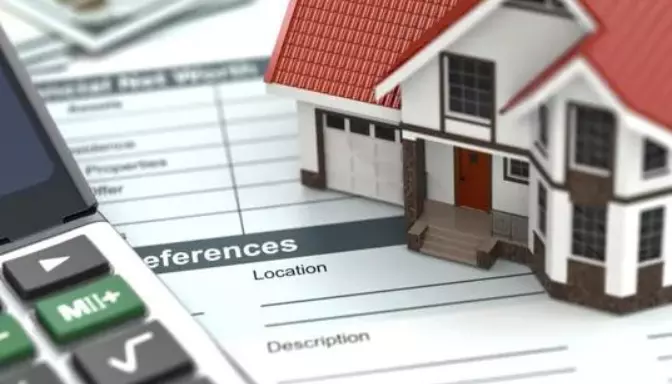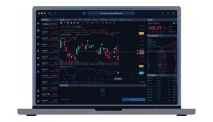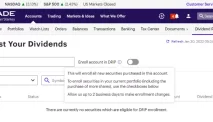In other words, a 1031 exchange allows you to swap one investment property for another without paying any capital gains tax on the difference in value, as long as the properties are of similar nature or character, regardless of their quality or grade.
For example, you can exchange an apartment building for a shopping center, a vacant land for an office building, or a single-family rental for a multi-family complex. You can also exchange multiple properties for one or more, or vice versa, as long as the net market value and equity of the properties are equal or greater.
The main requirement for a 1031 exchange is that the properties must be held for productive use in a trade or business or for investment, not for personal use. This means that you cannot use a 1031 exchange for your primary residence, vacation home, or second home, unless you meet certain criteria.
Another requirement is that the properties must be located in the United States, as foreign properties are not considered like-kind to domestic properties.
To do a 1031 exchange, you must follow these steps:
- Identify the property you want to sell. This is the property you will relinquish in the exchange, also known as the relinquished property.
- Hire a qualified intermediary. This is a person or entity that acts as a middleman between you and the buyer and seller of the properties. The qualified intermediary will hold the proceeds from the sale of the relinquished property in a separate escrow account and use them to purchase the new property. You cannot touch or control the money during the exchange, or you will lose the tax benefits.
- List and sell your property. You can sell your property to anyone, except for a related party, such as a family member or a business partner. The buyer of your property will pay the purchase price to the qualified intermediary, not to you directly.
- Identify the property you want to buy. This is the property you will acquire in the exchange, also known as the replacement property. You must identify the property within 45 days of closing the sale of the relinquished property, by sending a written notice to the qualified intermediary or another party involved in the exchange. You can identify up to three potential replacement properties, regardless of their value, or more than three, as long as their combined value does not exceed 200% of the value of the relinquished property.
- Buy the new property. You must close the purchase of the replacement property within 180 days of closing the sale of the relinquished property, or by the due date of your tax return for the year of the sale, whichever is earlier. The qualified intermediary will use the proceeds from the sale of the relinquished property to pay for the purchase of the replacement property, and transfer the title to you.
- Report the exchange to the IRS. You must report the details of the 1031 exchange on Form 8824, Like-Kind Exchanges, and attach it to your tax return for the year of the exchange. You must also report the basis, depreciation, and gain or loss of the properties involved in the exchange on Form 4797, Sales of Business Property, and Schedule E, Supplemental Income and Loss.
What Are the Best Types of Investments for a 1031 Exchange?
A 1031 exchange can be used for any type of real property that is held for productive use in a trade or business or for investment, as long as it is exchanged for a property of like kind. However, some types of investments may be more suitable for a 1031 exchange than others, depending on your goals and preferences.






